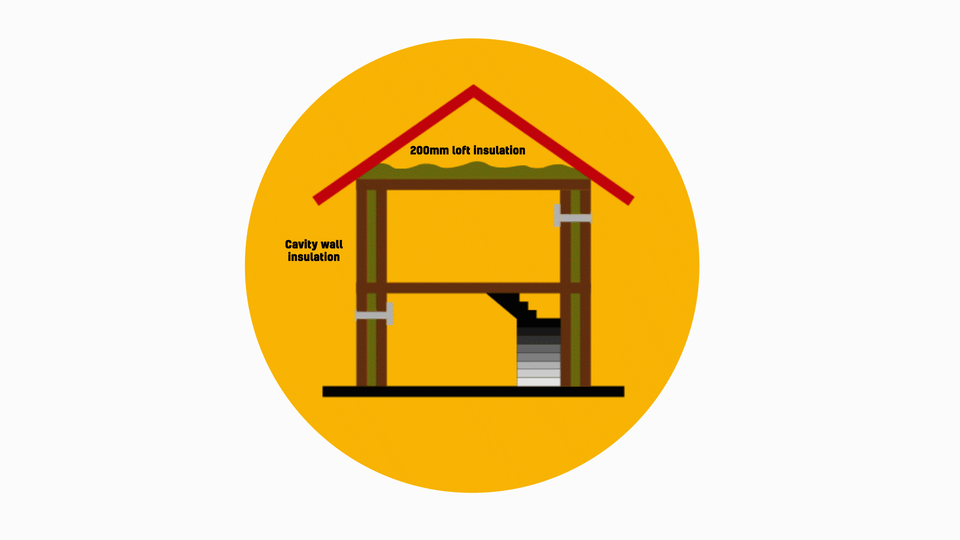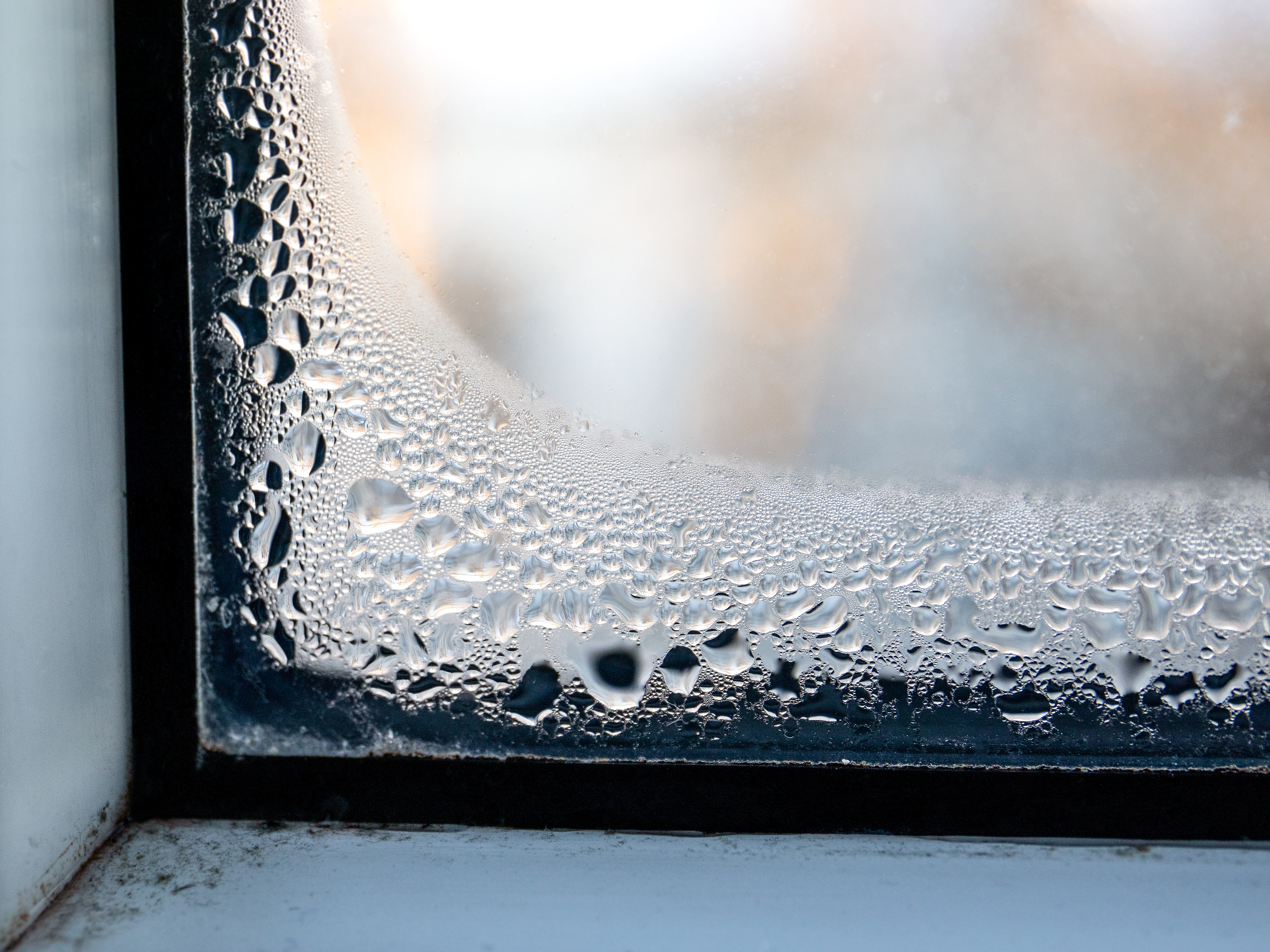What is the connection between temperature and relative humidity?
During winter, as the temperature drops, Social Housing providers begin to see an increase in the number of telephone calls they get from tenants, reporting damp and mould problems in their properties.
In most cases, damp and mould originates from condensation forming. When temperatures drop the air can no longer hold as much moisture and it will migrate to the coldest parts of the house where it condenses on windows and walls.

Boyle's Law (moisture migration)
- As air is heated, the vapour pressure increases.
- Moist air escapes to the central core.
- Then mixes and circulates around the property to increase the overall relative humidity.
- Visible signs of mould in the living area.
The permanent solution
The right ventilation unit in a property would either extract or dilute, displace and replace moisture-laden air, using fresh filtered air from the outside. This would control the humidity levels, regardless of the temperature, so that condensation, mould and other indoor contaminants are significantly reduced.
Would you like to find out about long-term solutions for condensation and mould?
Get in touch today, with our friendly team, on-hand to evaluate a property, offer advice and permanent solutions for condensation, damp and mould.
Complete the form, and we'll be in touch shortly.


